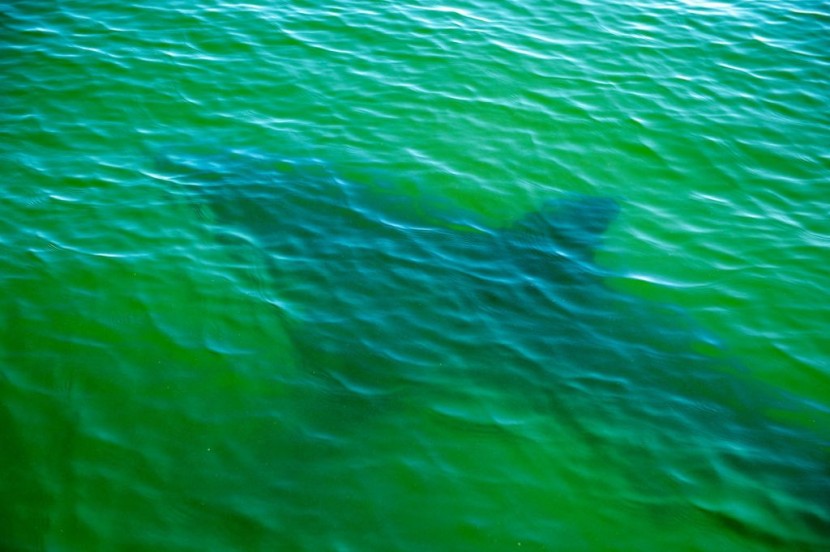
Geologists surveying rock layers in east-central Mississippi recently made a startling discovery: a massive fossilized vertebra from a Mosasaurus hoffmannii, one of the largest marine reptiles to have ever lived.
The fossil, more than seven inches across at its widest point, was uncovered from the muddy sediment near Starkville, a town known for housing Mississippi State University. James Starnes, Jonathan Leard, and Tim Palmer of the Mississippi Department of Environmental Quality conducted the geological mapping project.
"I ... was completely awe-struck by its size," said James Starnes, who first spotted the bone, in an interview with Live Science. "The feeling you get when you find a fossil, even as a professional, never gets old. But when you find something you have never seen before, the elation can be overwhelming."
The vertebra, now housed at the Mississippi Museum of Natural Science, has been identified as belonging to Mosasaurus hoffmannii, one of the most formidable species of mosasaurs—marine reptiles that ruled the seas during the Late Cretaceous period.
Based on the size of the bone, scientists estimate the animal would have been at least 30 feet long. "This was a true, true sea monster," Starnes told the Mississippi Clarion-Ledger. "This is bigger than most dinosaurs walking around on land."
During the Cretaceous period, roughly 66 million years ago, Mississippi was submerged beneath a warm, shallow sea teeming with ancient life. Mosasaurs like M. hoffmannii patrolled these waters, which were also home to sharks, ammonites, fish, and other marine reptiles. Above the waves, pterosaurs and early birds soared through the skies, while dinosaurs roamed the coastal forests.
"Pterosaurs and even some birds would have been flying overhead, while a variety of both plant and meat-eating dinosaurs of different sizes and kinds would have been walking the shorelines and through the wooded forests along the coastal estuaries," Starnes told Live Science.
With their streamlined bodies, powerful tails, and razor-sharp teeth, mosasaurs were apex predators capable of devouring nearly anything in their path—including other mosasaurs. According to a post from the Mississippi Department of Environmental Quality, "While the dinosaurs ruled the land, these Mesozoic era oceans were likely the most dangerous of any time in the entire history of our planet."
Mosasaurs, like the dinosaurs, vanished in the mass extinction triggered by an asteroid impact 66 million years ago. Yet their fossils continue to offer tantalizing glimpses into Earth's distant past. In 2022, researchers in northeast Mississippi uncovered another remarkable mosasaur specimen—this time a fossilized skeleton that included the skull of a species that lived over 80 million years ago.
© 2025 HNGN, All rights reserved. Do not reproduce without permission.








